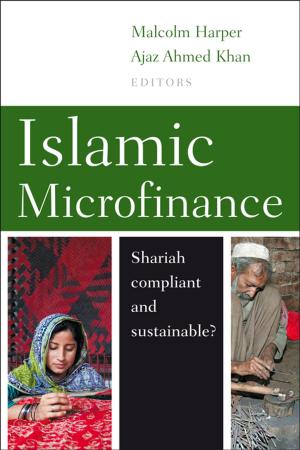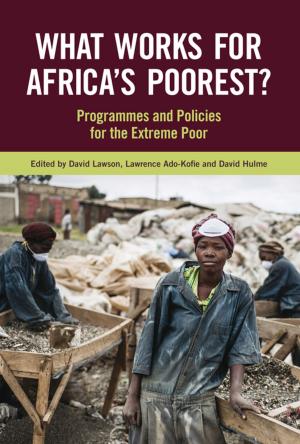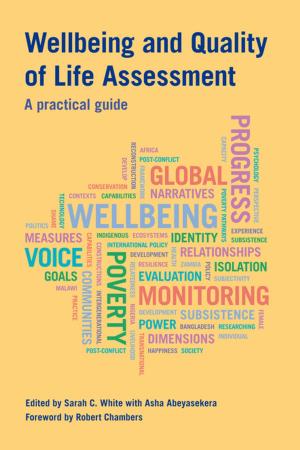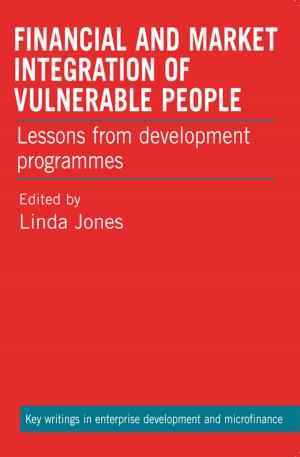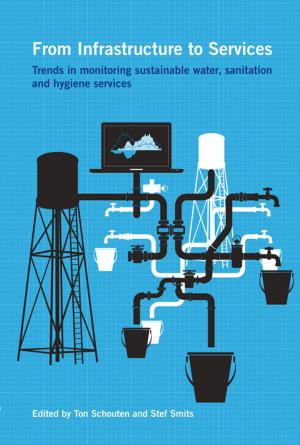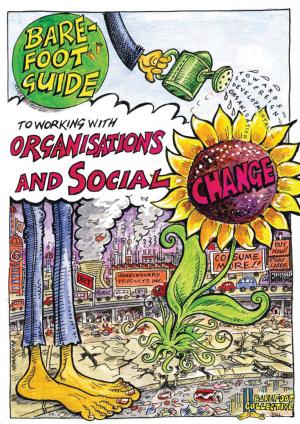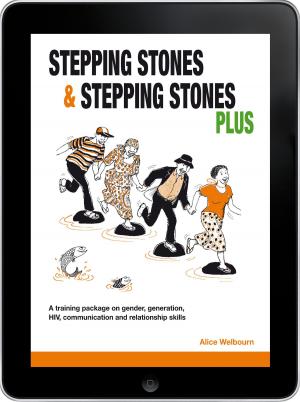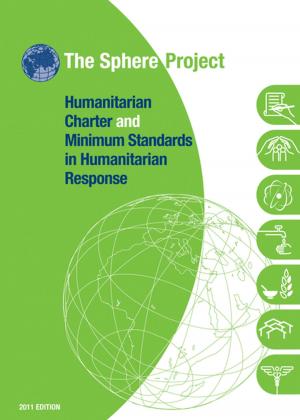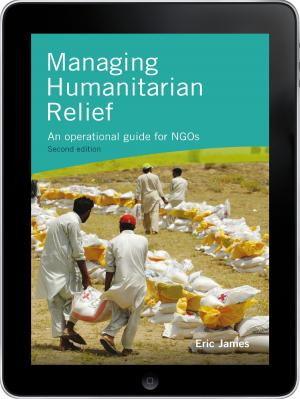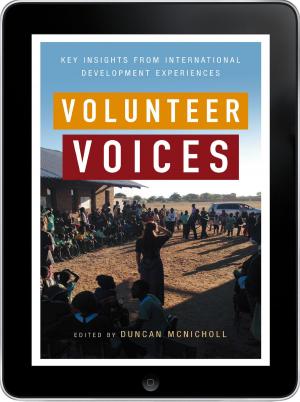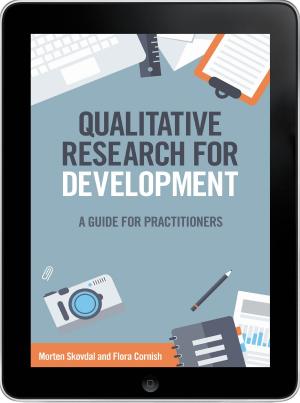Contribution to Change eBook
An approach to evaluating the role of intervention in disaster recovery
Nonfiction, Reference & Language, Reference, Social & Cultural Studies, Social Science| Author: | Roger Few, Daniel McAvoy, Marcela Tarazona, Vivien Margaret Walden | ISBN: | 9781780444871 |
| Publisher: | Practical Action Publishing | Publication: | January 3, 2014 |
| Imprint: | Practical Action Publishing | Language: | English |
| Author: | Roger Few, Daniel McAvoy, Marcela Tarazona, Vivien Margaret Walden |
| ISBN: | 9781780444871 |
| Publisher: | Practical Action Publishing |
| Publication: | January 3, 2014 |
| Imprint: | Practical Action Publishing |
| Language: | English |
As the number of people affected by disasters has risen, so have the expectations placed on humanitarian agencies by donors, the public and the affected populations themselves. Agencies must now provide evidence of impact of their interventions. But applying conventional evaluation methods can pose problems. How can we assess the difference that intervention makes? Is it ethical to consign some disaster-affected communities to control groups? How feasible is it to collect baseline data among people who have just been traumatized? This guide provides a reliable and practical method for identifying the contribution an agency makes to changes to people’s lives in the recovery period following disasters. It outlines 11 steps that take evaluators through designing quantitative and qualitative methods through to collecting field data and developing a narrative of evidence and change.
As the number of people affected by disasters has risen, so have the expectations placed on humanitarian agencies by donors, the public and the affected populations themselves. Agencies must now provide evidence of impact of their interventions. But applying conventional evaluation methods can pose problems. How can we assess the difference that intervention makes? Is it ethical to consign some disaster-affected communities to control groups? How feasible is it to collect baseline data among people who have just been traumatized? This guide provides a reliable and practical method for identifying the contribution an agency makes to changes to people’s lives in the recovery period following disasters. It outlines 11 steps that take evaluators through designing quantitative and qualitative methods through to collecting field data and developing a narrative of evidence and change.

